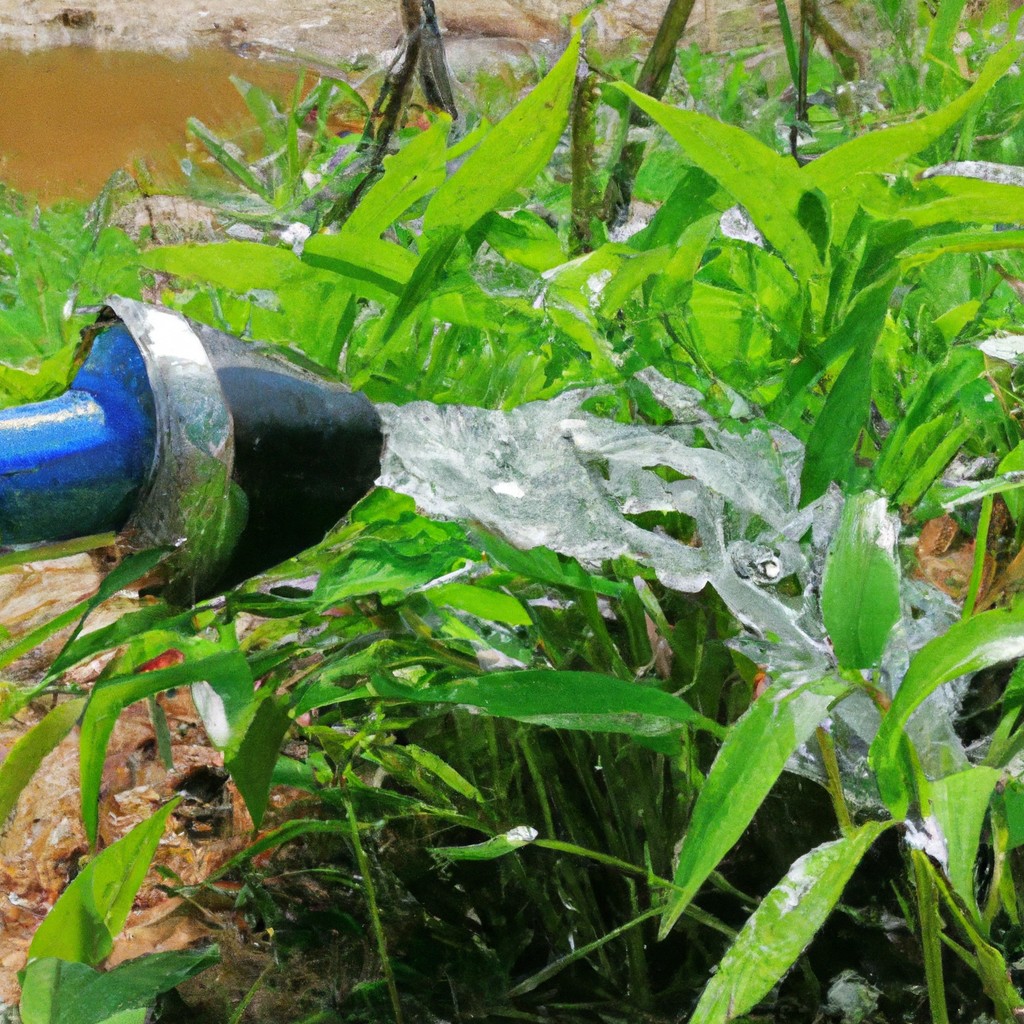You can incorporate hardscaping into your xeriscaping design by using materials such as stone, brick, or concrete to create pathways, patios, and other features that will help define the space and provide visual interest.
Xeriscaping is a great way to create a beautiful and sustainable landscape design for your home. But if you want to take your xeriscaping design to the next level, consider incorporating hardscaping elements.
Hardscaping can add texture, color, and interest while still allowing you to conserve water. In this blog post, we’ll discuss how you can use hardscaping elements in your xeriscape design without compromising its sustainability.
Look Inside:
Types of Hardscaping Materials
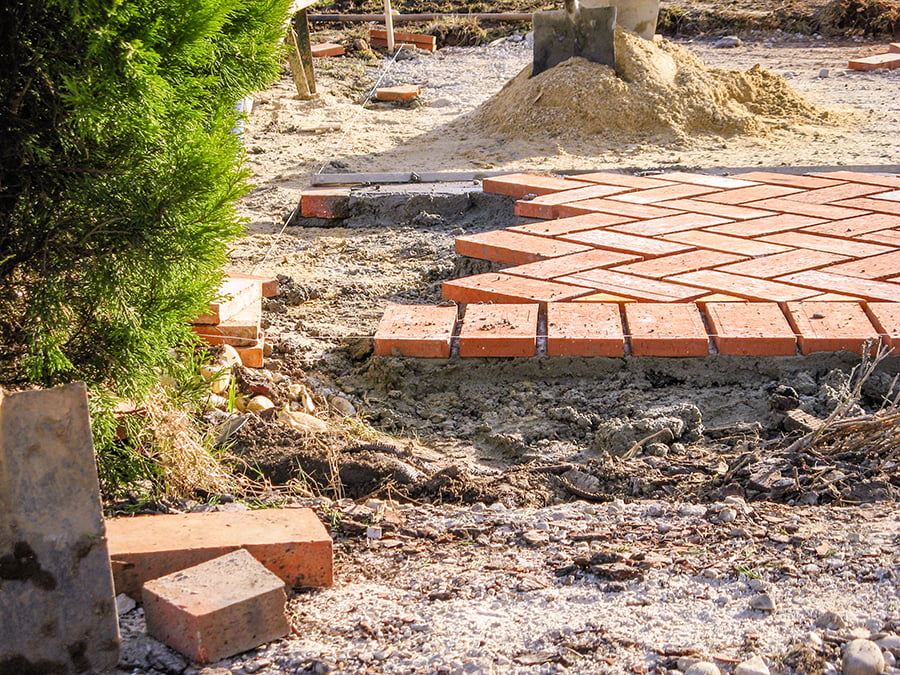
Hardscaping materials are typically non-living elements such as stone, brick, concrete, wood, metal or other man-made materials. These materials can be used to create pathways and patios; build walls for seating areas or retaining walls; install edging around flower beds; construct outdoor kitchens and fire pits; and more.
When selecting hardscaping materials for a xeriscape design, consider the climate in which you live so that the material will last longer in extreme weather conditions. Choose colors that complement your existing plants and landscaping features.
Design Considerations

When planning a xeriscape, it is important to consider the size and shape of the area, as well as the climate and soil conditions. It is essential to think about how much sun or shade will be available in different areas of the landscape.
This will help determine which plants should be used in each area and what type of hardscaping materials should be used for pathways, walls, patios, etc. It is also important to consider how much maintenance will be required for each element in order to ensure that they remain attractive over time.
Budgeting for all elements must also be taken into account when designing a xeriscape with hardscaping features.
Benefits of Hardscaping
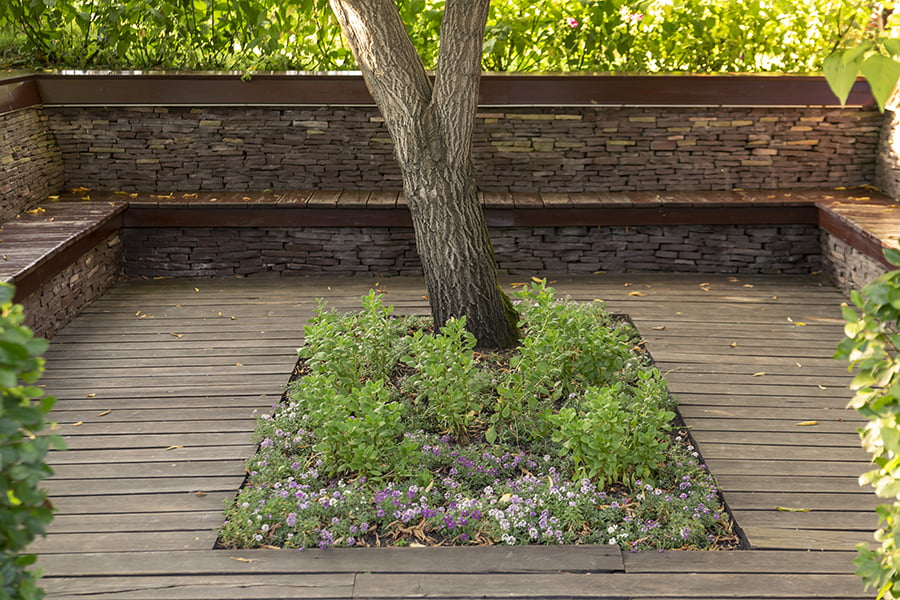
It can be used in xeriscaping designs to add visual interest and provide functional benefits. Hardscaping can help define areas of a yard, provide structure for plants, and reduce maintenance needs.
It can be used to create pathways or seating areas that are both attractive and durable. Hardscaping also helps conserve water by reducing the amount of area that needs to be watered regularly.
By incorporating hardscapes into a xeriscape design, homeowners can enjoy an aesthetically pleasing landscape while still conserving water resources.
Incorporating Water Features
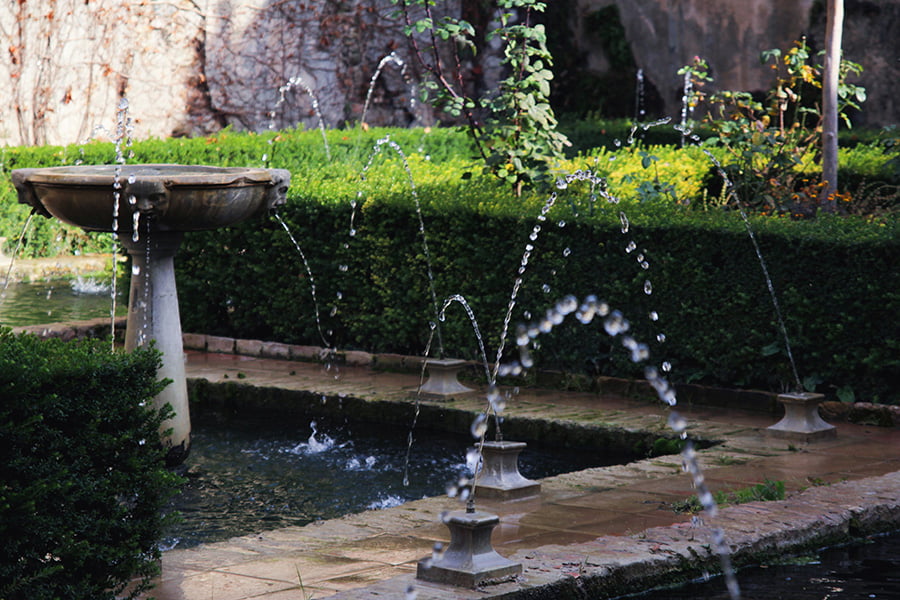
Incorporating hardscaping into a xeriscape design can add visual interest and provide functional elements to an otherwise low-water landscape. One way to incorporate hardscaping into a xeriscape design is by adding water features.
Water features can include ponds, fountains, streams, or other water-based elements that are designed with drought-tolerant plants and materials. These features can be used to attract wildlife while also providing a focal point in the landscape.
They can help reduce evaporation from the soil by providing shade for plants and helping retain moisture in the air around them. By using drought-tolerant plants and materials such as gravel or rocks in these water features, you can ensure that your xeriscape design remains low maintenance while still incorporating attractive elements into your landscape.
Utilizing Existing Structures
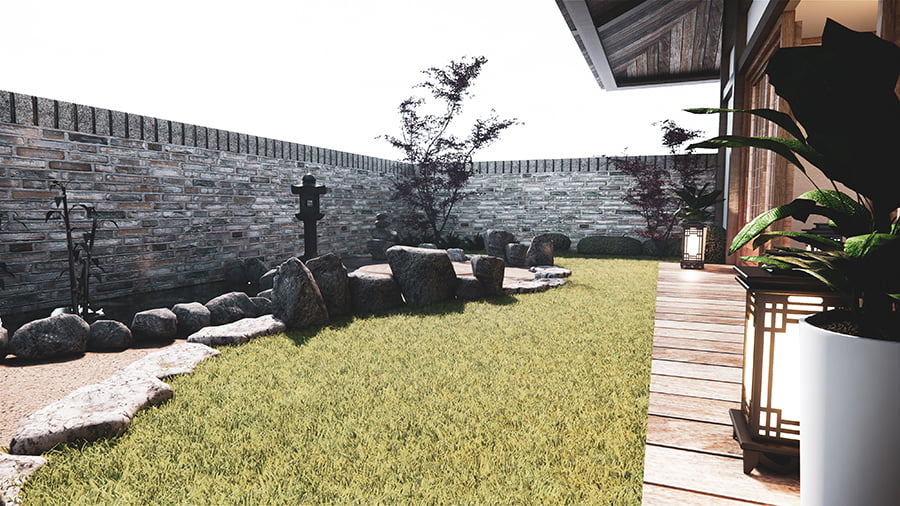
Utilizing existing structures when incorporating hardscaping into a xeriscaping design can be an effective way to save time and money while still achieving the desired look. Existing structures can include walls, fences, patios, decks, walkways, or any other permanent structure that already exists in the landscape.
By utilizing these existing structures in your xeriscaping design you can create a cohesive look without having to build new elements from scratch. Using existing structures allows for more creative freedom when designing your landscape since you are not limited by what has already been built.
Plant Selection for Xeriscaping Design
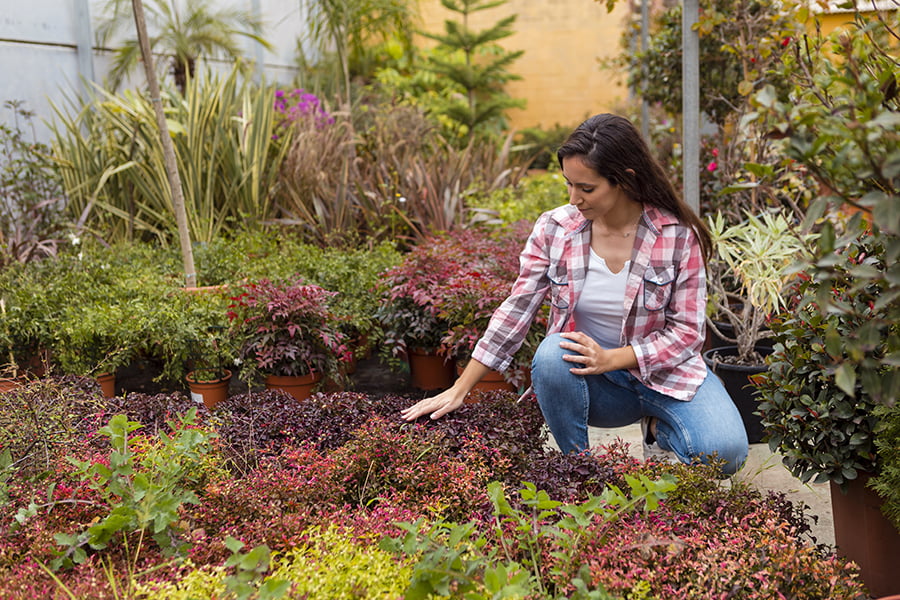
Xeriscaping is a type of landscaping that uses drought-tolerant plants and other techniques to reduce water usage. When selecting plants for a xeriscape design, it is important to choose species that are native or adapted to the local climate and soil conditions.
These plants should be able to thrive with minimal irrigation and maintenance. It is also beneficial to select plants with different shapes, sizes, colors, and textures in order to create an aesthetically pleasing landscape design.
When choosing hardscape elements such as rocks or pavers for your xeriscape design, it is important that they complement the chosen plants in terms of color and texture while still allowing adequate drainage for the area.
Maintenance Requirements
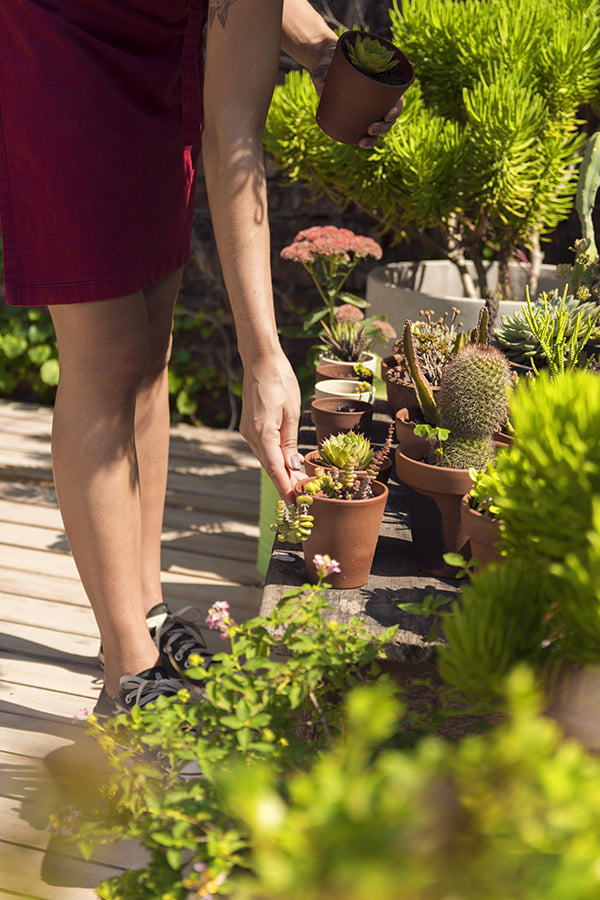
It involves the use of hard materials such as stone, brick, and concrete to create pathways, walls, and other features in a landscape. While these materials are durable and require minimal maintenance, they still need some attention to keep them looking their best.
Regularly cleaning hardscapes is essential for keeping them looking good. This can be done with a pressure washer or by hand using a brush and soapy water.
It’s important to inspect hardscapes regularly for signs of damage or wear that may need repair or replacement. It’s also important to seal hardscapes periodically in order to protect them from moisture damage caused by rain or snow.
Sealing should be done every two years at minimum but more often if the area receives heavy rainfall or snowfall throughout the year. Weeds should be removed from between pavers on pathways and patios as needed in order to maintain an attractive appearance and prevent further damage due to root growth beneath the surface material.
